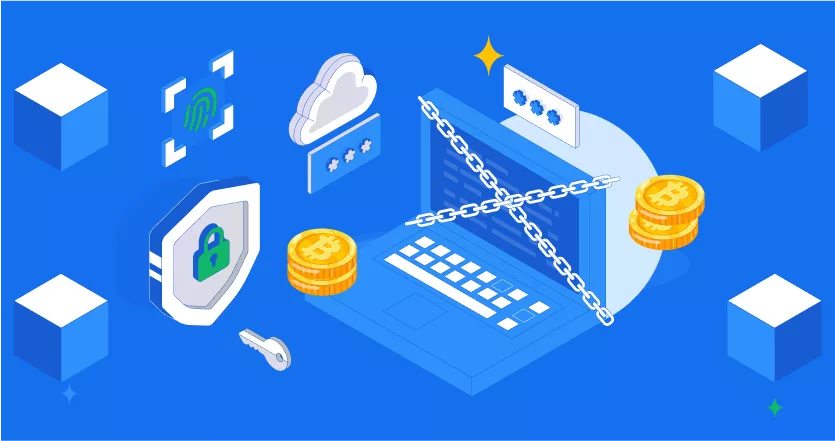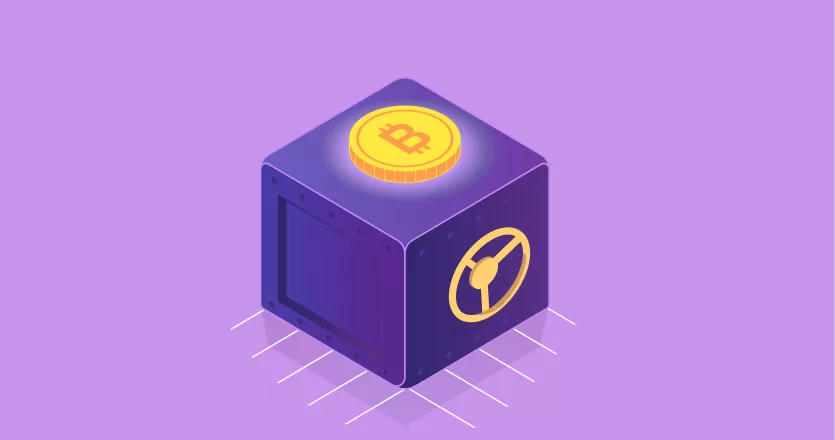
The Technology Behind Crypto
The dramatic surge in Bitcoin prices during 2017 brought cryptocurrency into the limelight. News outlets worldwide heralded this new technology’s transformative potential. While terms like Bitcoin, Cryptocurrency, and Blockchain have become quite familiar, many people still don’t fully understand what they mean.
What is behind one of the most groundbreaking modern technologies? How does blockchain work? What possibilities does it unlock? If youve found yourself pondering these questions lately, you’re not alone. Its never too late to learn, and youll find the fundamental concepts of blockchain technology explained here.
A Brief History of Blockchain
Let’s take a look at the significant milestones that have shaped blockchain technology into what it is today.
1979-2004 The foundation for blockchain technology was laid in the late 20th century by pioneers like Ralph Merkle, who developed the Merkle tree, and David Chaum, who introduced Digital Cash. Others, such as Stuart Haber (timestamping),Wei Dai(b-money), Adam Back (Hashcash), Nick Szabo(bit gold),Cynthia Dwork (Proof-of-Work), and Hal Finney (non-fungible tokens), also made critical contributions during this period.
2008-2009 The concept of blockchain became widely known when an anonymous person or group known as Satoshi Nakamoto published the Bitcoin whitepaper. This document introduced blockchain technology to a broader audience. Nakamoto then developed the first Bitcoin software, leveraging the foundational work of previous decades.
In 2009, Nakamoto mined the first Bitcoin block, known as the Genesis block, which contained 50 coins. Subsequently, Bitcoin v0.1 was released on the SourceForge web service as open-source software.
2010-2017 Interest in blockchain technology grew significantly during these years. Key events included:
- Laszlo Hanyecz made the first known purchase with Bitcoin, buying two pizzas for 10,000 Bitcoins.
- Bitcoin and other cryptocurrencies faced bans in countries like Thailand and China.
- Vitalik Buterin introduced Ethereum, the first platform for decentralized applications.
- Financial institutions and other industries began exploring the potential of blockchain technology.
These developments culminated in Bitcoin’s dramatic price increase in 2017, reaching $20,000 per coin. By this time, 15% of banks had started to implement blockchain technology in some capacity.
2018-2023 The period following Bitcoin’s price drop in 2018 saw a renewed interest in blockchain technology, particularly from major tech companies and Fortune 500 businesses.
- Amazon introduced Amazon Managed Blockchain to facilitate the development of Web 3 applications.
- Research by Deloitte revealed that 40% of business leaders had integrated blockchain technologies into their operations, with another 55% viewing it as a strategic priority.
- In 2021, Bitcoin reached a new all-time high of $68,789 per coin, and an NFT artwork sold for $68 million in Ethereum.
Despite market fluctuations and economic uncertainties, blockchain technology continued to gain traction in various sectors, including voting, financial transactions, IoT, vaccine distribution, cybersecurity, smart contracts, supply chain management, entertainment, sports, and transportation.
Key Features and Benefits of Blockchain Technology
Immutability
Blockchain data is immutable, meaning it cannot be changed once added. This makes blockchain networks highly resistant to tampering and cyberattacks.
Decentralization
A blockchain network operates without a central authority. It is governed by multiple nodes that support the system, ensuring no single point of control.
Distributed Network
Blockchain technology distributes data across all devices running the blockchain software, providing robust protection against fraud.
Transparency
Blockchain transactions are transparent and can be viewed by anyone with access to the blockchain network.
Consensus
Consensus mechanisms enable blockchain networks to make quick, unbiased decisions. Nodes use these algorithms to agree on the validity of transactions and actions within the network.
Blockchain and Cryptocurrencies
Blockchain is the underlying technology behind cryptocurrencies. Heres how it works with Bitcoin, for example:
Transaction
When someone wants to send Bitcoin to someone else, they create a transaction. This transaction is then broadcast to the Bitcoin network.
Validation
The transaction is picked up by nodes in the network. These nodes check the transaction to ensure it is valid (for example, making sure the sender has enough Bitcoin to send).
Adding to Block
Once validated, the transaction is added to a new block. This block is then added to the blockchain.
Confirmation
The transaction is now confirmed, and the recipient receives the Bitcoin.
The Impact and Applications of Blockchain Technology
While blockchain is best known for its role in cryptocurrency, its applications extend far beyond that. Here are some ways blockchain is influencing various industries:
Decentralized Finance (DeFi) and Cryptocurrency
Blockchain technology is perfect for peer-to-peer trading and cryptocurrency transactions. The DeFi concept, built on smart contracts, enhances transparency and operational efficiency.
Web 3and Decentralized Apps Development
Decentralized applications (dApps) built on blockchain technology facilitate new DeFi solutions. Blockchain is at the heart of Web3, the next generation of the internet, where:
- Users have greater control over their data.
- AI and machine learning manage data automatically.
- Web businesses operate more efficiently and transparently.
- There are better monetization and sales opportunities for companies and individuals.
Smart Contracts and NFTs
Smart contracts are blockchain-based algorithms that execute automatically and interact with external software. They can execute business logic in response to specific events. NFTs, or non-fungible tokens, register actions between parties and can represent ownership of digital or physical items.
These technologies offer new opportunities in sales, entertainment, logistics, real estate, law, and more.
Internet of Things (IoT) Data Management
When combined with AI and machine learning, blockchain is ideal for securely storing, managing, and analyzing IoT data in real-time. Blockchain’s advantages are used in supply chain inventory, asset traceability, digital twins, fleet management, and wireless network management.
Cybersecurity
Blockchain’s encryption and distributed network provide robust solutions for authentication, secure data management, communication, and ownership verification. Blockchain meets fundamental cybersecurity requirements like confidentiality, integrity, and availability.
Supply Chain Management
Blockchain can be used to track products from their origin to the final consumer. This ensures transparency and helps prevent fraud.
Voting Systems
Blockchain can make voting more secure and transparent. Each vote can be recorded on the blockchain, ensuring it cannot be altered or tampered with.
Healthcare
Blockchain can securely store patient records, ensuring they are accessible only to authorized personnel and cannot be tampered with.
Smart Contracts
These are contracts that automatically execute when certain conditions are met. For example, a payment could be released once a job is completed. Smart contracts are stored on the blockchain and are immutable and transparent.
Challenges of Blockchain
Despite its advantages, blockchain technology also faces some challenges:
Scalability
As the number of transactions increases, the blockchain can become slow and expensive to maintain. Solutions are being developed, but it remains a challenge.
Energy Consumption
Some blockchain networks, like Bitcoin, require a lot of computational power, leading to high energy consumption.
Regulation
Governments are still figuring out how to regulate blockchain and cryptocurrencies, which can create uncertainty.
Complexity
Blockchain technology can be complex to understand and implement, especially for those without a technical background.
Key Takeaways
- Blockchain is a distributed ledger technology that uses encryption to store and manage data.
- Blockchain is not a cryptocurrency but a sophisticated technology rooted in mathematics and computer science.
- Blockchain has applications beyond cryptocurrency, including cybersecurity, IoT data management, decentralized app development, deal execution, and decentralized finance.
- Blockchain technology is paving the way for the next evolutionary stage of the internet, known as Web3.
Blockchain is revolutionizing how we handle transactions, security, and trust. By understanding the basics of blockchain, we can better appreciate its potential to transform industries and improve our lives. Whether youre a newcomer or a tech enthusiast, the world of blockchain offers exciting possibilities for the future.



